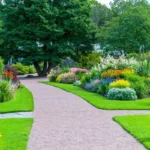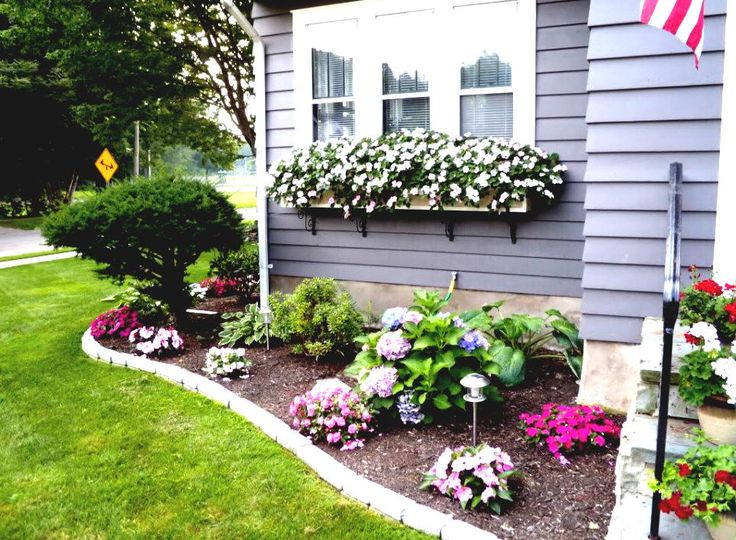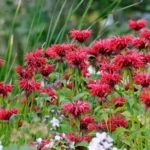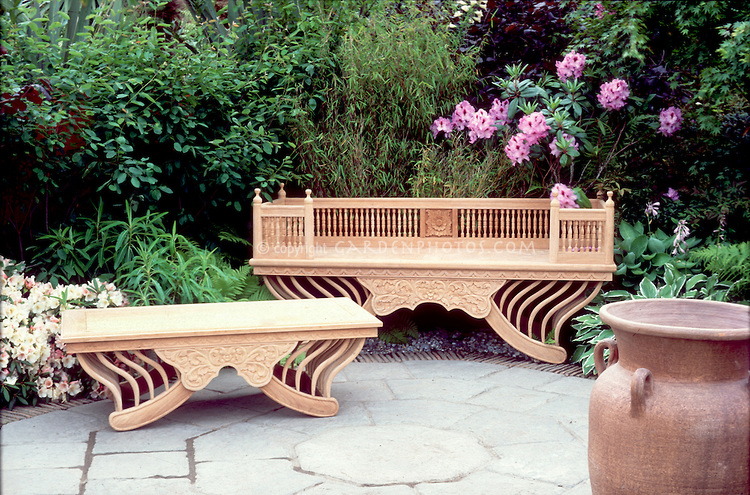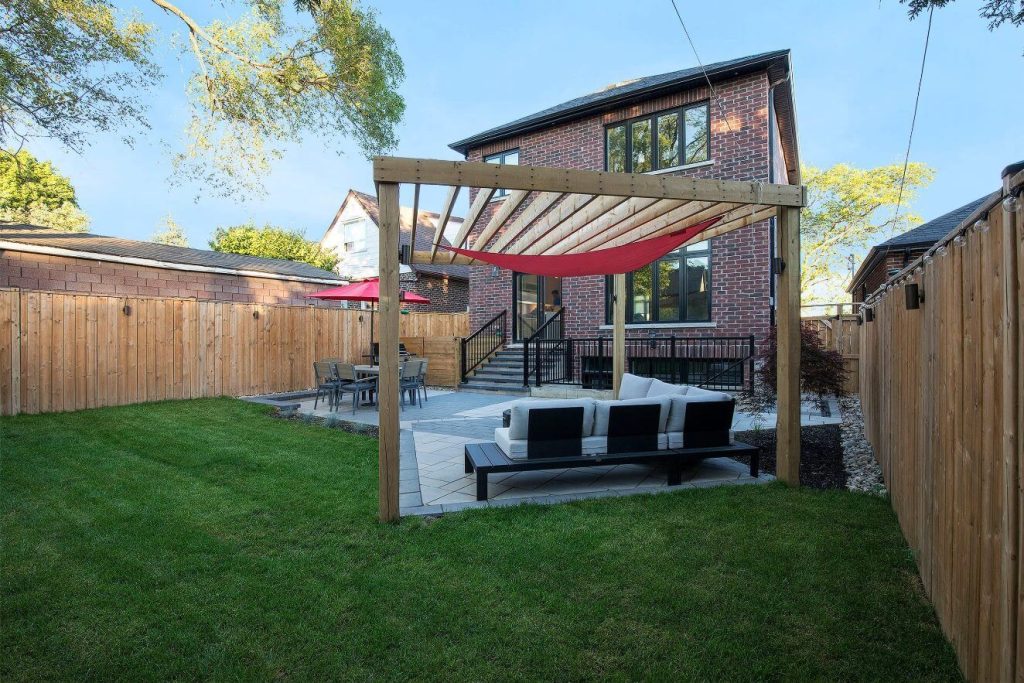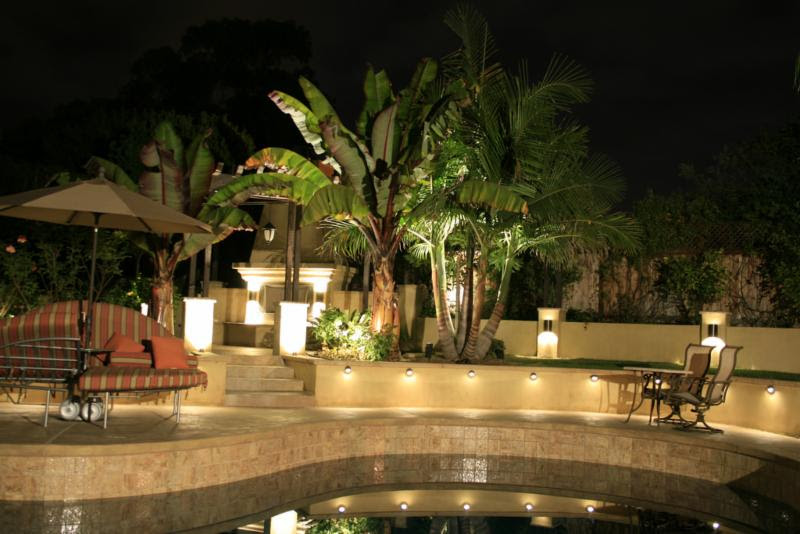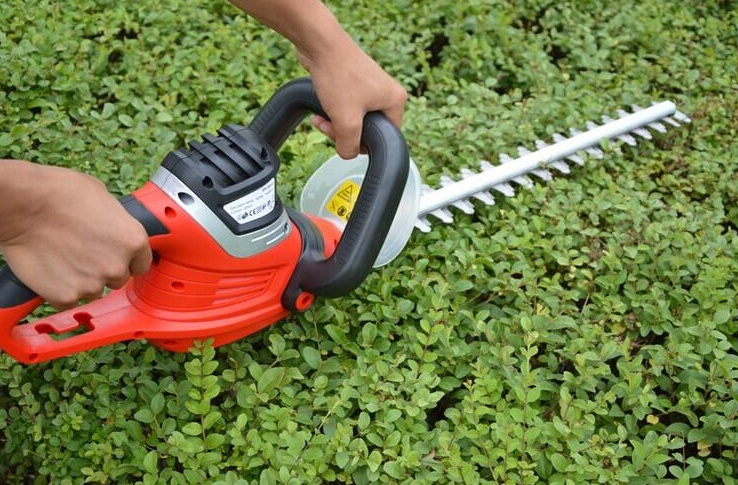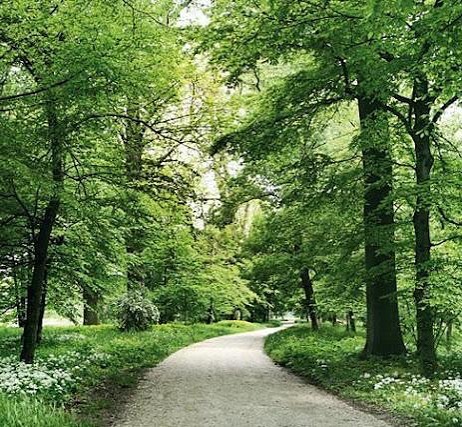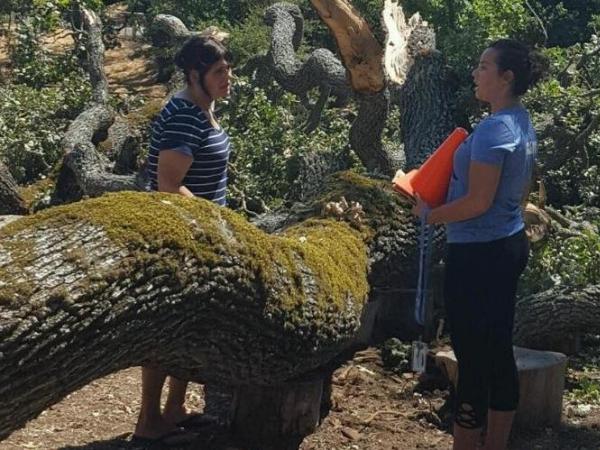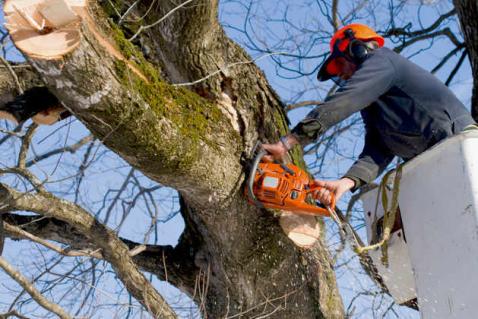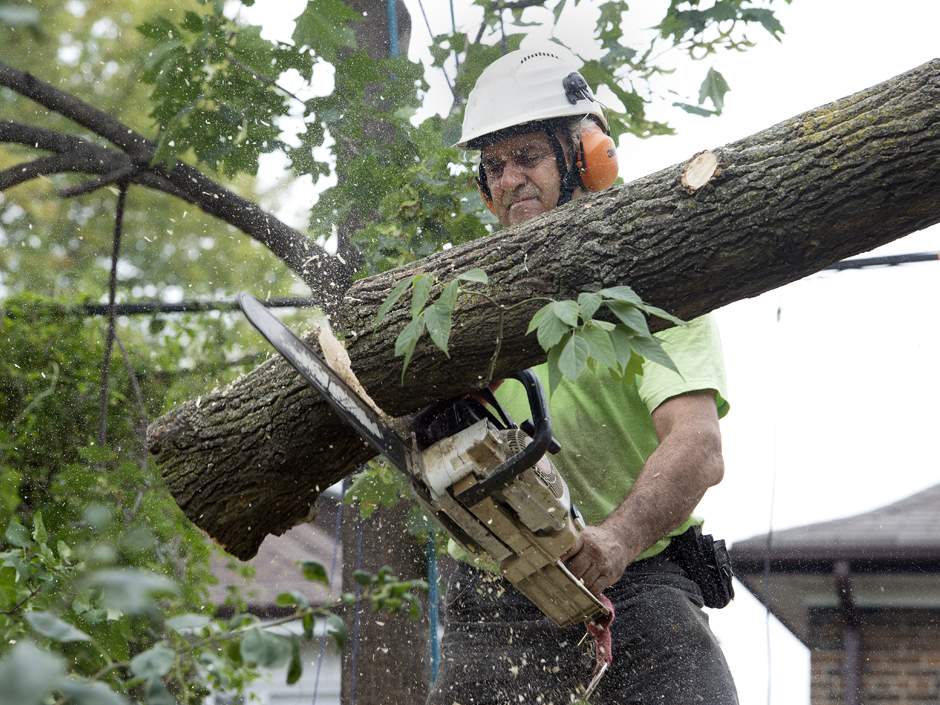Gardening is a rewarding and satisfying activity that many people enjoy both indoors and outdoors. Gardening can provide a source of fresh herbs, fruits, and vegetables or it can simply add natural color and beauty to outdoor or indoor space.
Tropical plants can be grown successfully in many different climate zones. Learning how to grow tropical plants will allow you to add an exotic feature to your gardening.

Indoors or Outdoors? Know Before You Buy
Knowing just which plants are right for your garden will require some thoughtful consideration. All too often the prospective gardener is lured by the beauty of a particular plant and will spend time and money trying to get it to grow without knowing if the plant is suitable for the garden, or vice versa.
Learning how to grow tropical plants starts with deciding whether you want to grow them indoors or outdoors and whether you want to grow them in a container of a planted garden.
Good indoor plants include those that don’t require more sunlight than what is available in indoor locations and the same can be said for plant size compared to available space. Plant nurseries and garden stores usually separate their indoor plants from the outdoor ones but you will want to know growing information to make sure a plant will do well indoors.
Keep in mind that many tropical plants need natural sunlight to bloom so indoor plants with a variety in foliage colors are preferable.
Outdoor tropical plants can thrive in climates where the temperature doesn’t drop below forty degrees (F) for extended periods of time so be sure to know the temperature extremes that a plant can tolerate. Some outdoor plants will thrive in shady areas and some prefer part sun areas so keep this in mind when selecting plants.
Many outdoor tropical plants are small enough to bring indoors for overwintering and containerized plants are conveniently relocated indoors without experience the shock of transplanting.

Soil, Nutrition, and Watering Requirements
Tropical plants in nature are adapted to a variety of soil conditions and replicating these conditions for growing your own tropicals is key to a thriving garden. The soil protects roots from temperature extremes and is a medium for moisture and fertilizer.
Indoor and potted plants are easily grown in pre-mixed potting soils that are designed to provide good nutrition, proper moisture, aeration, and good drainage. Outdoor garden plants are subjected to temperatures watering conditions that vary so separate soil requirements apply.
You can mix your own blend of outdoor garden soil with some key ingredients and tools. Use a shovel for digging and turning over the earth at an 8 inch depth in your garden spot. Apply a 2 inch layer of peat moss on top of the turned earth and a 2 inch layer of coarse builder’s sand on top of the moss.
Use a garden tiller to thoroughly mix the soil to an 8 inch depth before applying a slow release fertilizer. Be certain to follow the application instructions on the fertilizer packaging and use a rake to spread the fertilizer and grade the soil. Your garden soil is now ready for plants.
Indoor and container plants need to be monitored for proper soil moisture content daily. When the soil mix no longer feels moist to the touch, water it thoroughly until water starts to drain out of the plant container. To ensure deep root watering of outdoor plants, an oscillating sprinkler is effective for penetrating through the often dense and wide area foliage that is typical of many tropical plants.

Enjoy Your Tropical Paradise
To ensure that your plants flourish give them the proper care and attention. Prune dead or unhealthy foliage regularly. If you are harvesting flowers for a bouquet or a vase, be sure to use sharp pruning shears and cut the plant as close to the end of the stem as you can.
Don’t overwater your plants as they will not flourish in soggy conditions. Potting soil should be replaced when its rich organic matter is depleted, and top dress your soil with slow release fertilizer twice per growing season. Be sure to share this article if you enjoyed it and please leave your thoughts in the comments.
Author Bio:
 Laura is the founder of HumidGarden.com. She loves nature especially when it comes to flowers and different kinds of plants. Humid Garden is created to provide aspiring and inspiring thoughts about gardening for gardeners and anyone who has the intention of keeping a garden.
Laura is the founder of HumidGarden.com. She loves nature especially when it comes to flowers and different kinds of plants. Humid Garden is created to provide aspiring and inspiring thoughts about gardening for gardeners and anyone who has the intention of keeping a garden.

